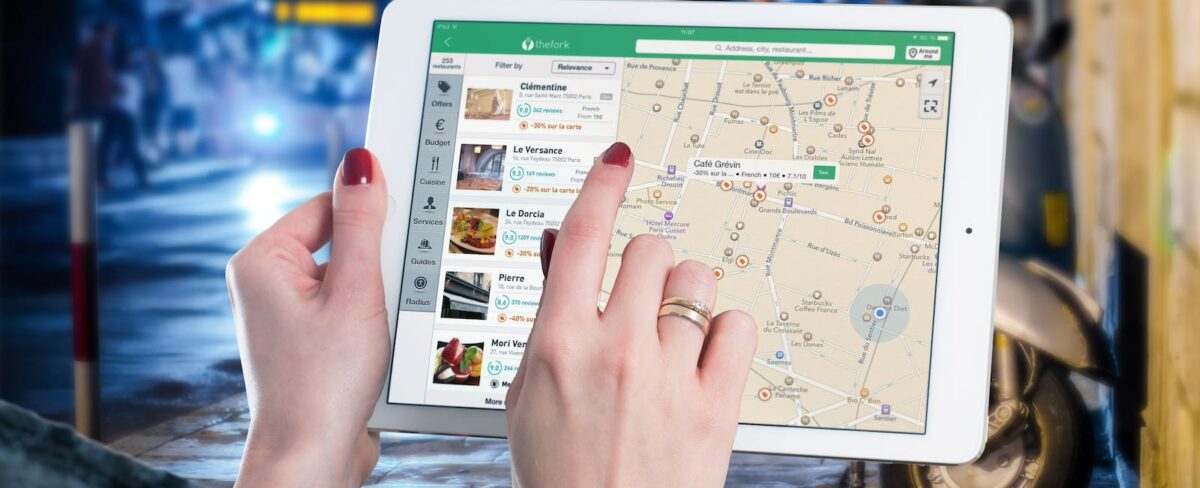In today's digital age, online reviews hold significant power when it comes to shaping a hotel's reputation. Potential guests often rely on platforms like Google Maps to make informed decisions about where to stay. However, negative reviews are an inevitable part of the hospitality industry. It's essential for hoteliers to handle negative feedback with professionalism and tact. This guide will provide hoteliers with practical strategies to smartly respond to negative reviews on Google Maps, helping to maintain a positive image and build stronger relationships with guests.
1. Monitor and Respond Promptly
The first step in managing negative reviews on Google Maps is to actively monitor your hotel's online presence. Set up alerts to receive notifications whenever a new review is posted. This allows you to respond promptly and address any concerns raised by guests. Timely responses demonstrate your commitment to guest satisfaction and can even help mitigate the impact of a negative review.
2. Stay Calm and Professional
When reading a negative review, it's natural to feel defensive or upset. However, it's crucial to remain calm and maintain a professional tone in your response. Avoid getting into arguments or engaging in defensive behavior. Instead, focus on empathizing with the guest's experience and demonstrating your willingness to resolve the issue.
3. Thank the Guest for their Feedback
Start your response by expressing gratitude to the guest for taking the time to provide feedback. Thanking them demonstrates that you value their opinion and are committed to improving your services based on guest input. This small gesture can help diffuse the situation and show potential guests that you care about their experiences.
4. Apologize and Acknowledge the Issue
Take responsibility for any shortcomings or issues mentioned in the negative review. Apologize sincerely and acknowledge the guest's concerns. Even if you believe the criticism is unjustified, it's essential to validate the guest's feelings and show that you understand their perspective. This empathetic approach can go a long way in rebuilding trust and showcasing your commitment to excellent customer service.
5. Offer a Solution or Explanation
After acknowledging the issue, provide a clear and concise explanation of how you plan to address the problem. If appropriate, offer a solution or compensation to the guest. This could involve offering a refund, a complimentary stay, or any other suitable gesture that demonstrates your commitment to making amends. By providing a resolution, you show potential guests that you take guest feedback seriously and are dedicated to continuous improvement.
6. Take the Conversation Offline
To maintain privacy and resolve the issue more effectively, encourage the guest to continue the conversation offline. Provide contact information such as an email address or phone number where they can reach out directly to a designated staff member. This step allows for a more personalized and focused dialogue, where you can address specific concerns without public scrutiny.
7. Learn from Negative Feedback
Every negative review is an opportunity for growth and improvement. Analyze the feedback received and look for patterns or common themes in the reviews. Use this information to identify areas where your hotel can make enhancements and ensure a better guest experience in the future. Regularly reviewing and addressing negative feedback can help your hotel evolve and meet the evolving needs of your guests.
8. Encourage Positive Reviews
Positive reviews play a crucial role in building your hotel's online reputation. Actively encourage satisfied guests to leave positive reviews on Google Maps. This helps counterbalance the impact of negative reviews and showcases the strengths and exceptional experiences your hotel offers. Consider sending post-stay emails with a gentle request for feedback, providing a convenient link for guests to leave their reviews.
9. Learn from Positive Feedback Too
While negative reviews require attention, don't overlook the positive feedback you receive. Positive reviews highlight what your hotel is doing right and serve as testimonials for potential guests. Take note of the aspects that guests appreciate and ensure that these positive elements continue to be a part of your hotel's offerings.
10. Keep the Conversation Transparent
Transparency is crucial in the digital age. Addressing negative reviews openly on Google Maps shows potential guests that you are proactive in handling feedback and genuinely care about guest experiences. When responding to reviews, be authentic and avoid generic responses. Personalize your replies to show that you have considered the guest's concerns individually.
Conclusion
Dealing with negative reviews on Google Maps is an opportunity for hoteliers to showcase their commitment to guest satisfaction and continuous improvement. By monitoring reviews, responding promptly and professionally, and learning from feedback, hoteliers can turn negative experiences into positive outcomes.
Remember to thank guests for their feedback, take responsibility for any shortcomings, offer solutions, and encourage offline communication for a more personalized resolution. By adopting these strategies, hoteliers can navigate the online review landscape with confidence, strengthen their reputation, and attract more satisfied guests.
